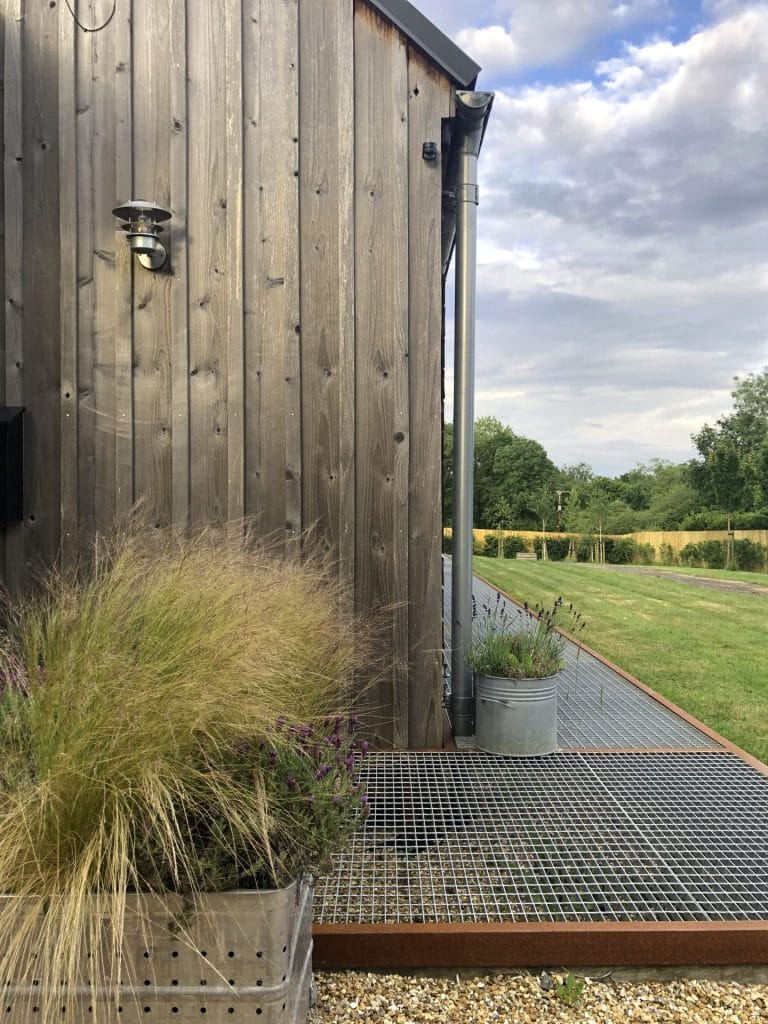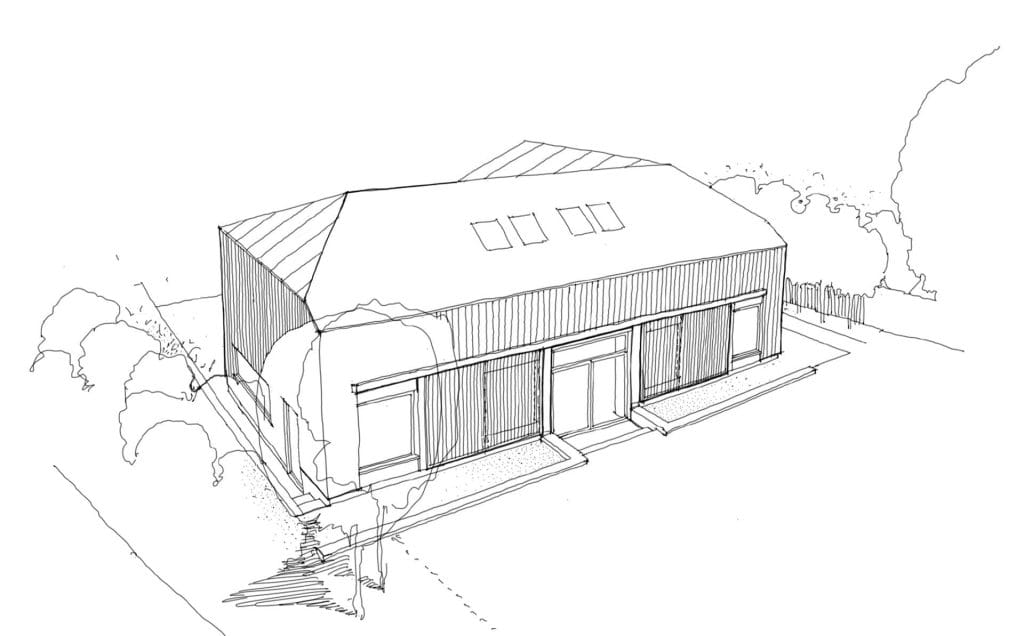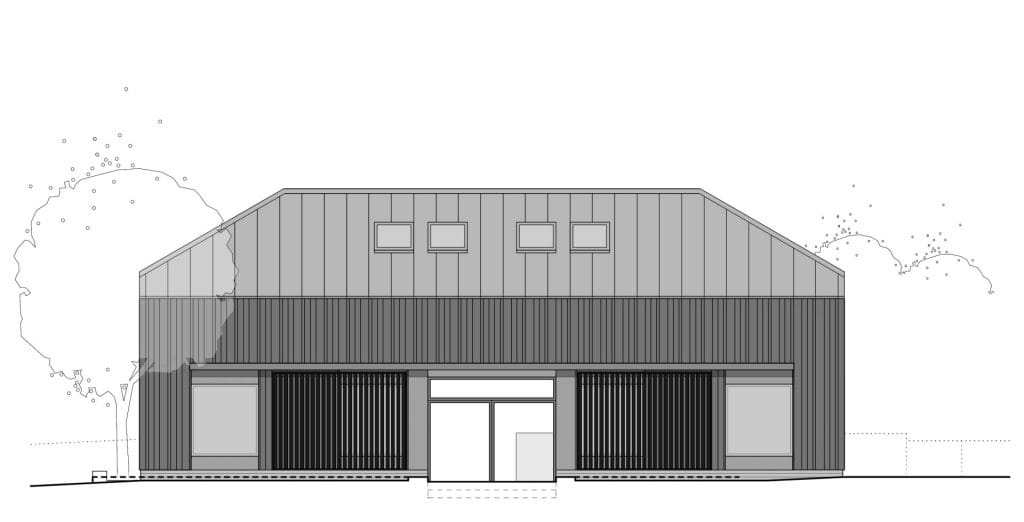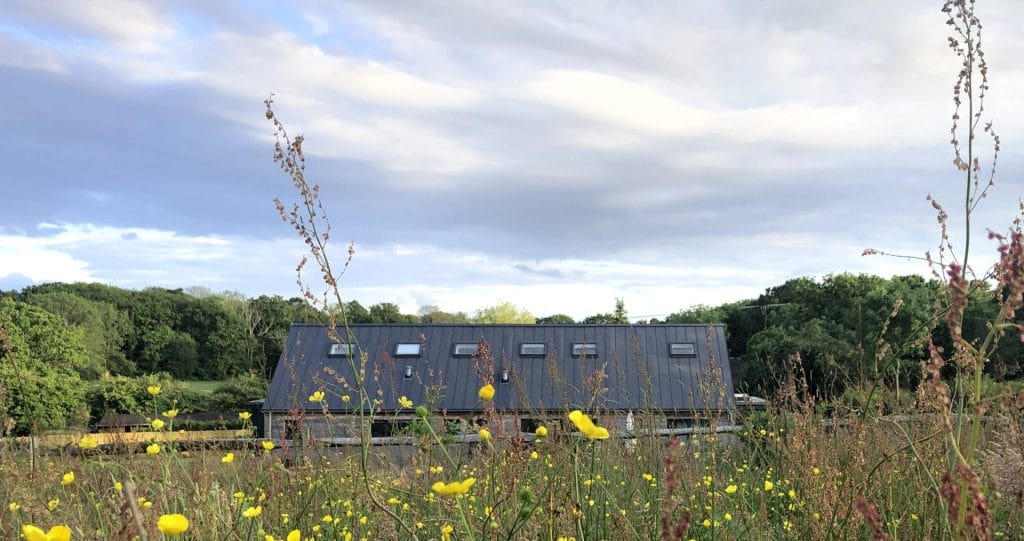Permitted development Class Q offers unique opportunities for creating homes in rural settings, and the recent changes to the class Q legislation will allow more buildings to be converted. Read on to find out more about the changes to the legislation and the opportunities these changes create for developers and home owners.
What does Class Q allow?
Class Q of the General Permitted Development Order allows the change of use agricultural buildings to dwellings. In effect, it permits the conversion of barns (and the land around them) to homes. This is a great option for creating homes in the rural areas where new build might not be possible. However, the existing building and the proposed design both need to meet the criteria set out in the legislation.
What are the changes and when did they come in?
The changes to Class Q took effect from 21st May 2024 and widen the scope of the projects that can be carried out.
The main differences are:
- Up to ten new dwellings can now be created (previously limited to five) and the amount of space that can be converted has increased to 1000 sqm (previously limited to 465sqm). This opens the legislation up for larger schemes.
- Importantly, the legislation now also includes “former agricultural buildings” that are no longer used for agricultural purposes, which opens the door for many more buildings.
- Additionally, the changes include the addition of a paragraph permitting some extension to the existing building, which was not possible before (limits on this are highlighted below).
Keep reading to find out what these changes means in real terms.



What makes a barn eligible?
The key date referenced in the legislation is 24th July 2023. The site must have been part of an established agricultural unit on 24th July 2023 (or for a period of 10 years after 24th July 2023 prior to the development under class Q). If the site ceased to be part of an established agricultural unit after 24th July 2023, it must have been part of the established agricultural unit for a period of at least 10 years and cannot have been used for any non-agricultural purposes since that date.
An agricultural unit is described as ‘agricultural land occupied as a unit for the purposes of agriculture‘. Developers will need to demonstrate a formal tenancy of the land, which probably needs to be multi-year. Agricultural use can be demonstrated with records, photographs and/or testimonials.
In prior projects we have include satellite imagery to demonstrate how a land was maintained and cultivated for agricultural purposes during the required time period. In the example below satellite photos showed clearly crops, ploughed soil and grazing animals.
Additionally, the building must have “suitable existing access to a public highway.” Various other limits on the site include that it must not be part of article 2(3) land, a site of special scientific interest or contained a listed building.
This summarises the key factors: contact us to discuss the full details of how a building can be eligible.




What are the limits on the design?
- Floor area – The floor space of any single proposed dwellinghouse must not exceed 150 square metres and the cumulative floor space of all dwellings must not exceed 1,000 square meters
- Number of dwellings – No more that 10 dwellings can be created. You can convert multiple agricultural buildings or barns until you reach either ten dwellings or 1,000 m². If you have already converted a barn under Class Q, you can convert another barn as long as it qualifies and you do not exceed these limits.
- Extensions – Previously no extension to the building was permitted (with the exception of protrusions of up to 0.2 metres to accommodate building operations). The updated legislation allows the inclusion of a single-storey extension to the rear only, of up to 4m deep. But only on existing hard standing. The hard standing must have been present prior to 24th July 2023.
- Nationally described space standards – The existing building must be capable of complying with the nationally described space standard. Importantly, any extended area (not part of the existing building) cannot be included in this limit.
- Permitted building operations – These are limited to the installation or replacement of windows, doors, roofs, or exterior walls, or services. The legislation clearly states that external walls can be installed, which allows for the inclusion of barns or units that are currently open to one or more sides. If it requires such substantial building operations then what is proposed amounts to the construction of a new building. If that is the case then the conversion would fall outside the scope of Class Q. A structural survey may be required to demonstrate that it is capable of conversion.
Prior Approval
Development under Class Q is subject to the condition that before beginning the development, the developer must apply to the local planning authority for a determination as to whether the prior approval of the authority will be required as to:
(a)transport and highways impacts of the development, (b)noise impacts of the development, (c)contamination risks on the site, (d)flooding risks on the site, (e)whether the location or siting of the building makes it otherwise impractical or undesirable for the building to change from agricultural use to a use falling within Class C3 (dwellinghouses) of the Schedule to the Use Classes Order, and (f)the design or external appearance of the building
Stickland Wright’s architecture team can help with Part Q projects in Sussex, Kent and the South East. Get in touch to discuss your barn conversion and find out how we can help make your project a reality.
